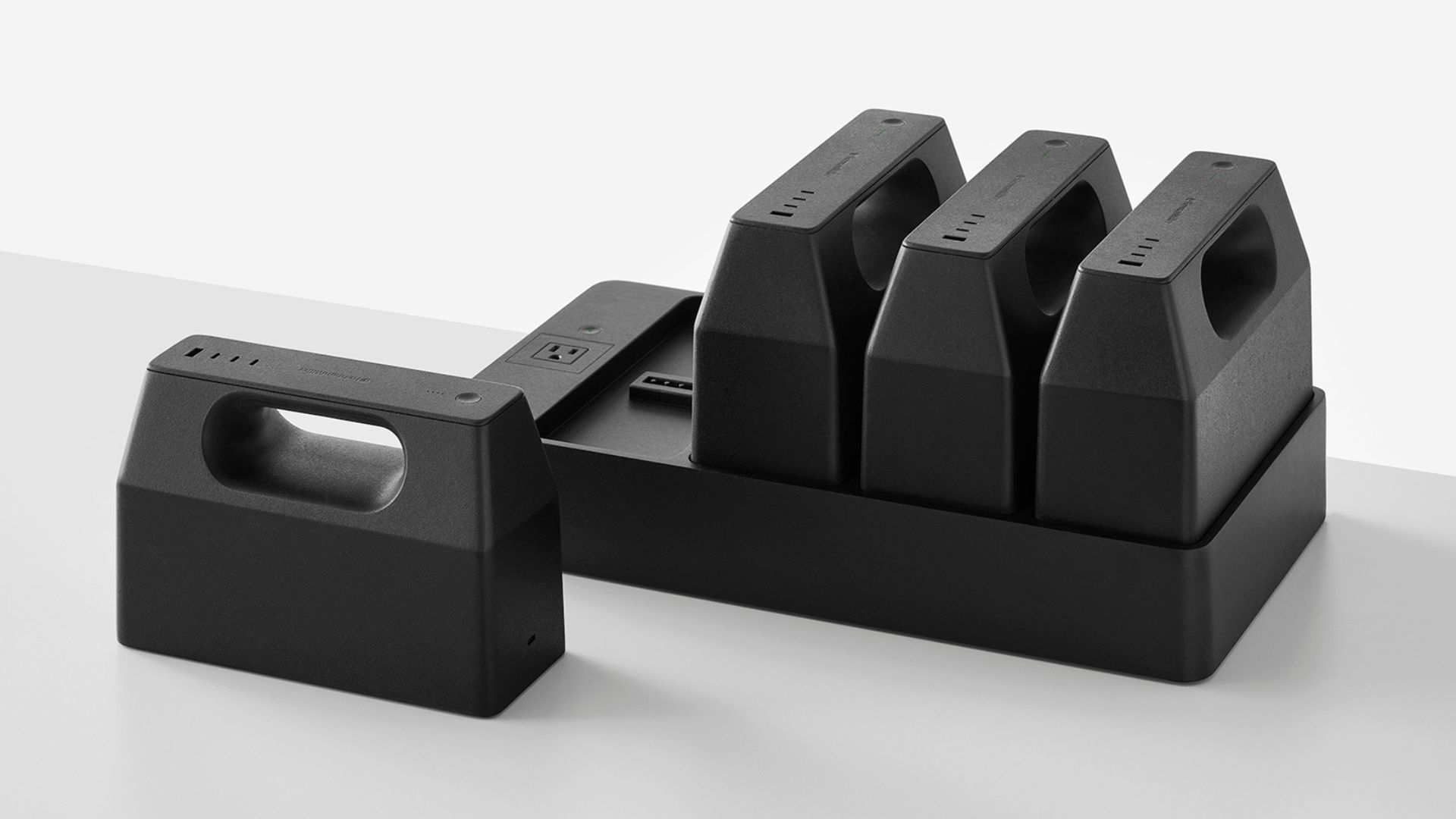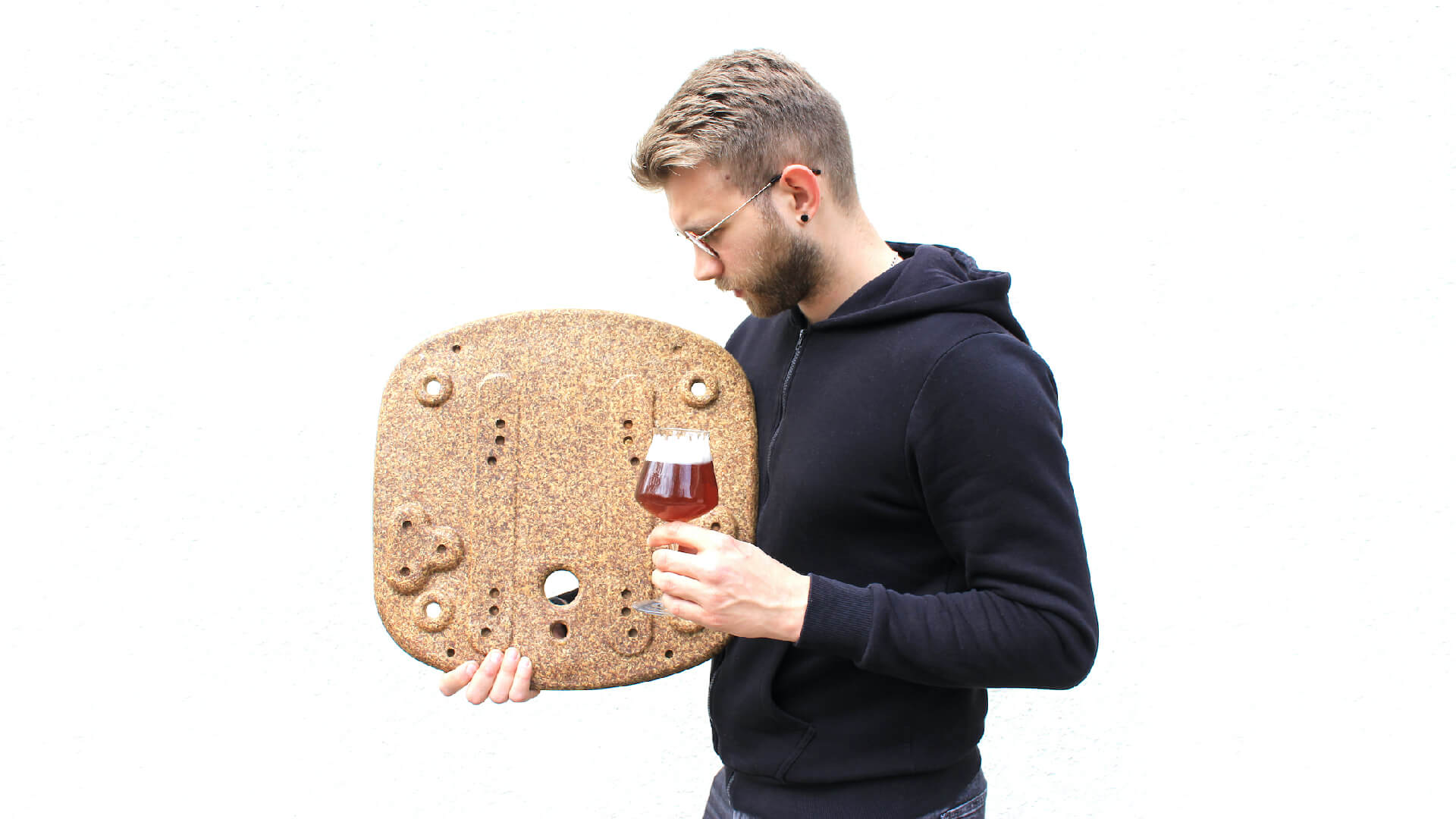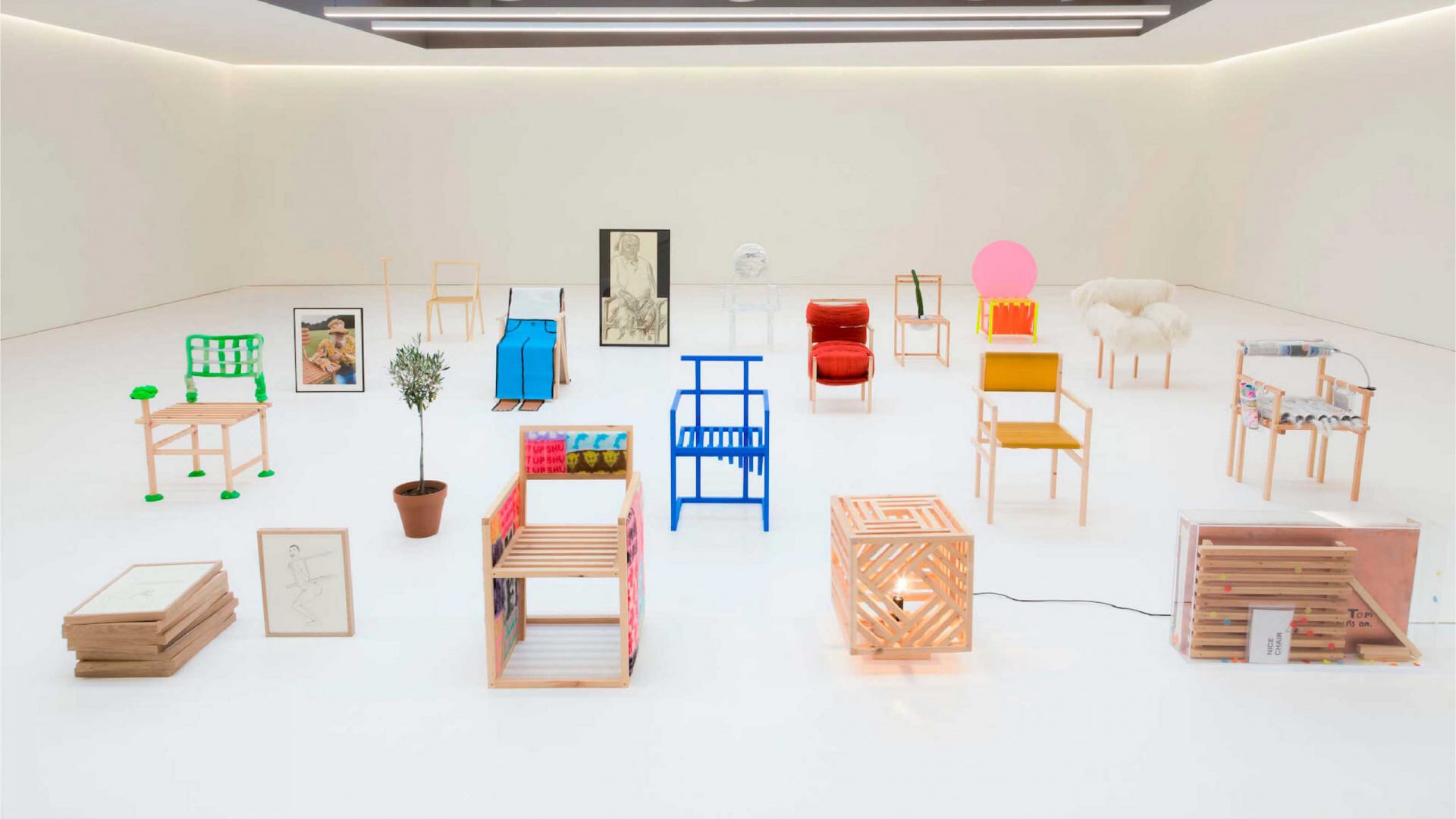When design is executed thoughtfully, it transcends mere appearance
Let’s try to understand the line between a functional object and a beautiful product that works.

We sit on ugly and uncomfortable chairs so many times that it is impossible to count. But it’s life and you stop noticing it, at most you say, “this chair is so rigid.” I’m just back from London after a Ryanair flight and my back is not happy at all. But it’s there, you can do nothing unless you decide to jump from the plane.
Curiously, it’s a different case when you sit on a so-called “design chair.” All your comfort receptors activate, and immediately the dormant critical ergonomic spirit wakes up. And it’s not just a designer’s thing, it’s inherent in human nature.

You hear comments like: “mmm, I feel something in my back” – “it’s good-looking, but not for me” – “wow, I didn’t expect it to be so comfortable.”
A few moments later, you sit on a 90° sticky wooden bench in a pub and you don’t even care.
That’s life, but I think this behavior is more a defense mechanism. We enter “design mode” when what we see in front of us is not exactly designed properly and looks out of place. When a product shouts its shapes, it’s natural to go into an analyzing phase to understand what we have in front of us. If we don’t really like it, we try to break it down and criticize it with the only objective parameter we can: ergonomics, since beauty is subjective and cannot be a basis for objective criticism.

The great modernist designers, consciously or not, found a solution to this: make the perfect product. The impact designers like the Eames had was not simply about making things; it was about an entire process where things could only be made that way. Their products are so perfect that it’s difficult to imagine an alternative to the final outcome. Users approach their products so naturally that they just enjoy the experience, with no defensive radar on, even if the product is “designed.”
This is the perfect match between objects and their context.
There are two design realities that I think really embody this contextual approach: Jasper Morrison and Industrial Facility. Both based in London, it’s unnecessary to introduce them in this context because I’m sure we are all familiar with their work and process. However, there is a clear difference between Morrison and Industrial Facility: while Jasper Morrison gives the idea of a slow vintage process, Industrial Facility conveys a very industrial orientation. This isn’t just because of their name but also their outcomes.

We know they maintain a small boutique studio and are not a large design agency churning out numerous projects a year, yet they still have a very industrial approach. Their collaboration with a company like Herman Miller, known for their focus on ergonomics and process, exemplifies this. They have a way of doing things that cannot be engineered better than they have.
Looking at their work and listening to their interviews, it’s clear that the desire to make something beautiful, combined with the necessity to create a performing product, results in a harmonious combination. The final result is something that looks discreet in a larger context but is exceptional upon closer inspection.
I want to take the SS20 chair for Thonet as an example.

I recently questioned Norbert Ruf from Thonet about the responsibility of introducing a new object into a delicate catalog like Thonet’s. Every move must be carefully made to preserve the founder’s original vision, yet new products are necessary. The choice of Industrial Facility for such an important assignment is symbolic.
When we see that chair in a restaurant or a domestic context, the overall perception is of a normal chair. But looking closer, the formed veneer, the arms, the structure… Everything has that small detail that makes the chair special in terms of shape and comfort. Once again, I must highlight that this complexity management finds its resolution when the object remains discreet in its context but has many tasty details that make it special and timeless.

Their work demonstrates that when design is executed thoughtfully and with precision, it transcends mere appearance, becoming an integral part of our daily lives that we appreciate both consciously and subconsciously.






